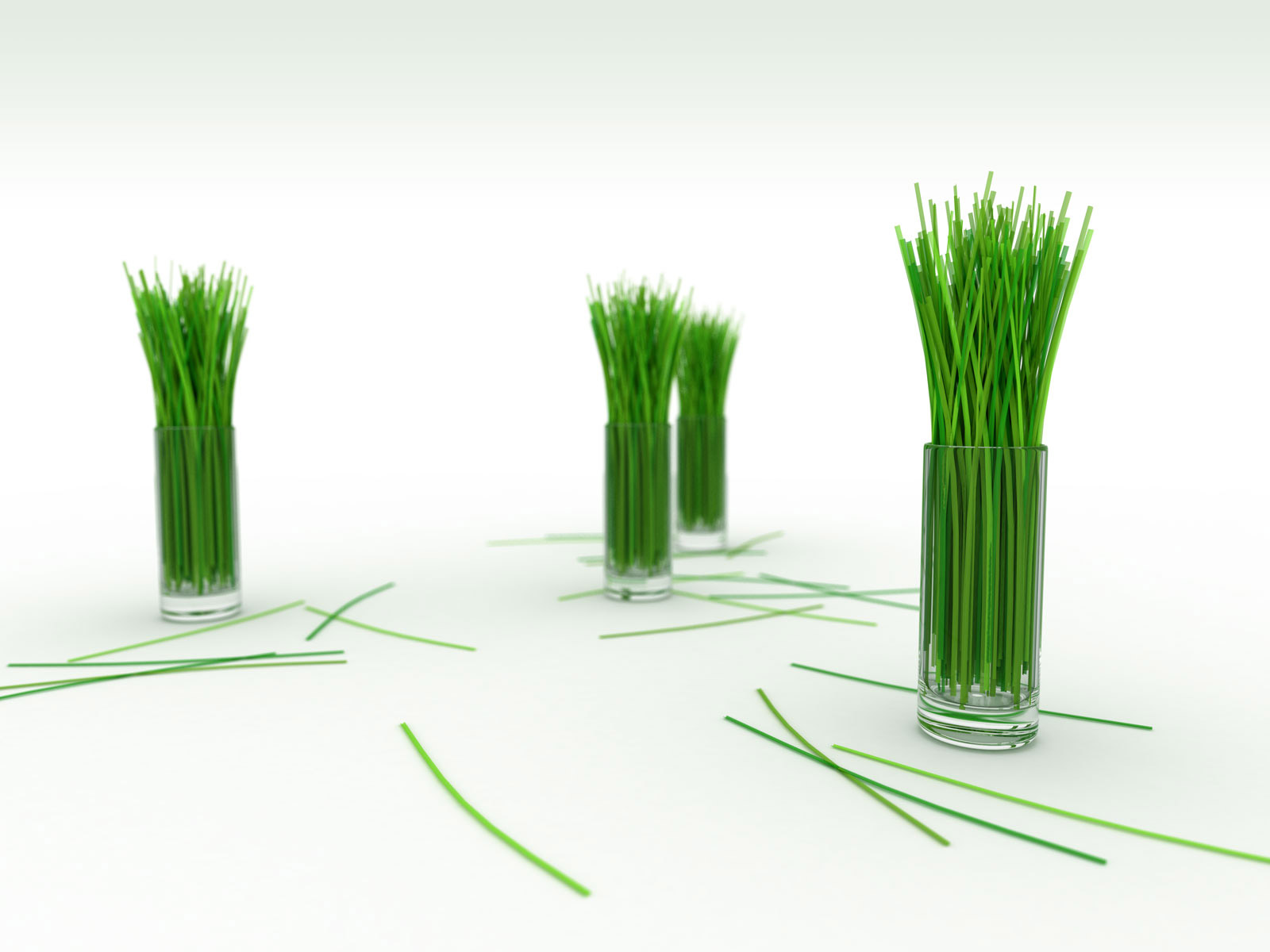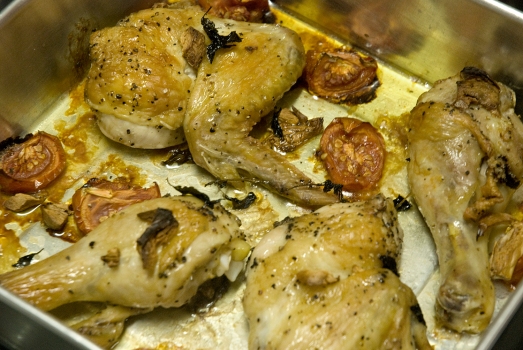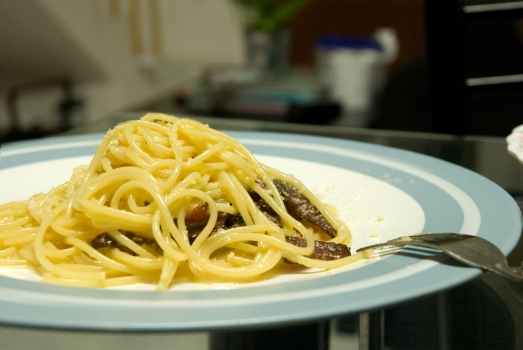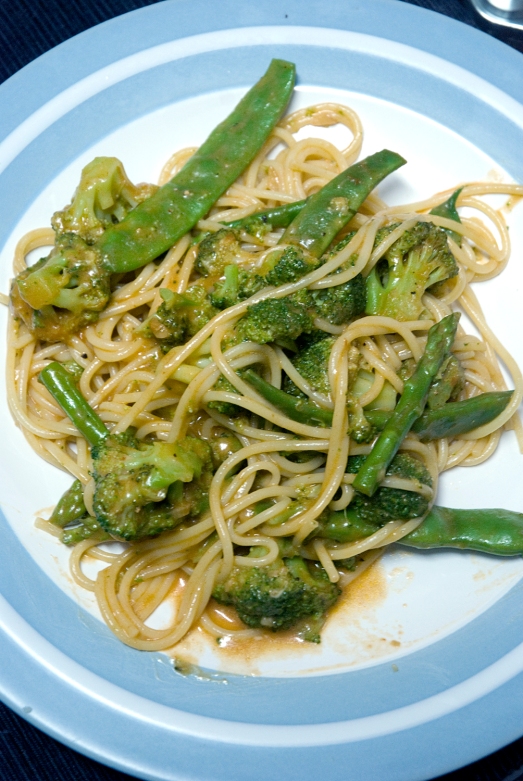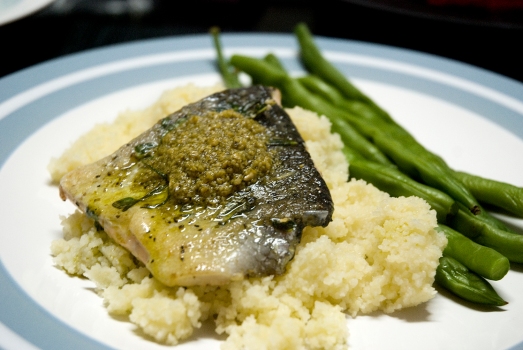
Meatballs are fantastic! Meatballs are amazing! They’re easy, fast and simple. They’re so easy, that i always wondered why are there still people buying those frozen ready-made meatballs? I have two kids to tend to, and always reached home from work by the time the sun has gone down, yet i have time to make those wonderful meatballs everytime i felt like having them as dinner. They’re wonderful to have with simple tomato sauce, whether accompanied by chunks of bread or by pasta, they’re great with vegetable broth, or by having them as sandwiches. Their potential are endless, yet so simple – all you need is good quality minced meat.
For the meatballs
500g minced meat
1 large egg
1 large onion, finely chopped
50g of breadcrumbs/12 pieces of cream crackers
a handful of fresh flat leaf parsley, finely chopped
1 cup of freshly grated Parmesan cheese
salt and freshly ground black pepper
For the tomato sauce (serves 4)
1 onion, finely chopped
2 cloves of garlic, finely chopped
2 cans of 400g chopped plum tomatoes
400g of spaghetti
a handful of freshly grated Parmesan cheese
salt and freshly ground black pepper
extra virgin olive oil
To make the meatballs: In a large mixing bowl, add the minced meat, chopped parsley, egg, the Parmesan cheese and a good pinch of salt and pepper. If you’re using the cream crackers, wrap the crackers in a clean towel and smash up until fine, breaking up any big bits with your hands and add into the bowl. If you’re using the breadcrumbs instead, add them into the bowl. With clean hands scrunch and mix up well. If you feel the mixture is still to sticky and would not hold up shape, add some of the breadcrumbs until the mixture have a good consistency and can be shaped. Shape the meatballs into the size of golf balls (or bigger, depending on your preference, but not too big or it will be hard for them to cook properly) and then pat them down so they can evenly cook. Drizzle them with olive oil and jiggle them about so they all get coated. Put them on a plate, cover and place in the fridge until needed.
To make the tomato sauce: Put a large pan of salted water to boil. Heat a large sauce pan on a medium heat and add 2 lugs of olive oil. Add your onion to the pan and stir until softened and lightly golden. Then add your garlic, and as soon as they start to colour, add the tomatoes. Bring to the boil and season to taste. Meanwhile, heat a frying pan and add a lug of olive oil and your meatballs. Stir them around and cook for 8–10 minutes until golden (check they’re cooked by opening one up – there should be no sign of pink). Add the meatballs to the sauce and simmer until the sauce thickens, around 20-30 minutes, then remove from the heat. Once the pasta is cooked, stir them to the tomato sauce, add the Parmesan cheese, correct the seasoning and serve immediately.

